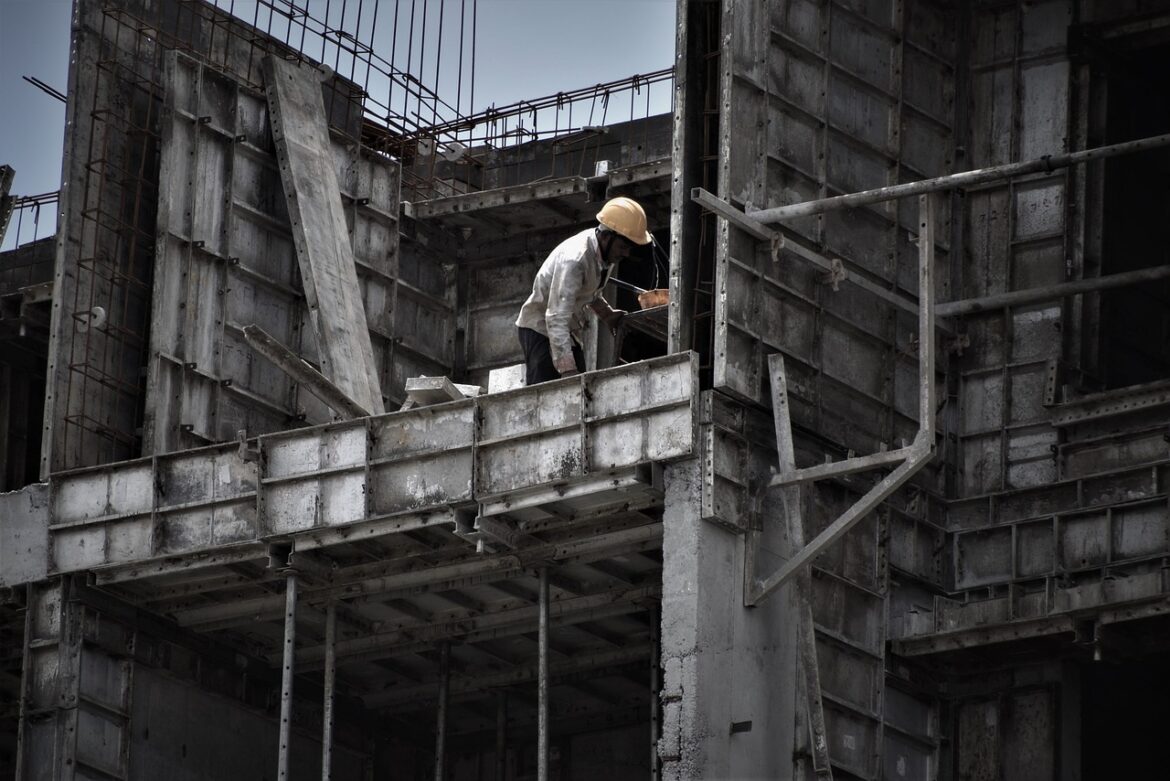The construction world is buzzing—and not just with the sound of hammers and drills. Across the globe, digital transformation is rewriting how buildings rise from blueprints to reality. Here’s a look at five real-world examples where technology is not just knocking on the door, but actually moving in and making itself useful.
1. The Rise of Digital Twins and XR Adventures
Take, for example, major skyscraper projects in New York or Tokyo, where architects and builders are using cool digital tools to create “digital twins”—super-accurate virtual models of real buildings. It’s like playing a video game of “what-if” before spending a dime on steel and concrete. With extended reality (XR), construction teams strap on VR goggles to walk through their designs, spotting problems before they’re problems. Experts say this tech not only saves time and money but also gets everyone on the same page visually. It’s less about arguing over plans and more about seeing—literally—the big picture.
2. AI: The Site Superintendent’s New Best Friend
AI-driven project management software is popping up on construction sites everywhere. Think of it as a super-smart project manager that never sleeps. On a big highway project in Europe, for instance, AI is helping predict delays, shuffle crew schedules, and even suggest the best way to order materials. In California, predictive safety systems—wearable vests and helmets that alert workers about hazards—are making dangerous jobs a bit safer. And yes, AI-powered cameras actually watch construction sites, scouting for risks like workers without helmets before anyone gets hurt.
3. Robots and Drones: The Onsite Automation Revolution
Robots? Drones? That’s not science fiction—it’s today’s job site. At a large energy facility in Germany, drones fly overhead, snapping photos and videos faster and safer than any human could. Meanwhile, in Australia, robots lay bricks with millimeter precision, leaving the humans to handle the tricky finishing touches. These gadgets aren’t replacing people; they’re giving them more time to focus on creative and complex work.
4. Data Integration Across Factories and Sites
Over in Sweden, construction materials company TAMKO is using smart software to connect all their factories. Imagine every machine, every sensor, sharing data in real time. This is stream analytics at work—spotting glitches before they slow down production. The result? Fewer delays, less waste, and more projects finished on time and under budget.
5. Smarter Collaboration, Fewer Crises
Back in the U.S., industry leaders from over 2,000 construction firms shared a big insight: the right digital tools are making it easier to collaborate, whether you’re an architect, engineer, contractor, or owner. Take Revizto’s collaboration software—teams use it to spot clashes between plans, catch mistakes early, and avoid costly fixes later. It’s like a virtual backstage pass for everyone involved in a project.
In a Nutshell
Digital transformation isn’t just tech jargon or a far-off dream for construction. These stories show real projects, real people, and real results—where collaboration is smoother, safety is tighter, and buildings are smarter. Whether it’s digital twins, AI, robots, or cloud-based team tools, every gadget and gizmo is helping build a better—and more resilient—tomorrow.
References:
- https://constructionbusinessoutlook.com/charting-the-course-of-construction-industrys-digital-transformation-and-its-related-challenges/
- https://revizto.com/en/introducing-2025-digital-design-construction-report/
- https://kpmg.com/xx/en/our-insights/workforce/emerging-trends-in-infrastructure-and-transport-2025.html
- https://www.just-constructionrec.com/the-future-of-construction-hiring-2025-and-beyond
- https://neuroject.com/ai-powered-construction-tools/
- https://crosser.io/resources/case-studies/
- https://216digital.com/ideas/
- https://www.autodesk.com/blogs/construction/building-asia-pacifics-future-navigating-economic-and-technology-differences-in-apac-construction/



